The encounter between Carlo Orsi and Lucio Fontana was not merely an opportunity to visually document a great artist, but became the testimony of a profound dialogue between two extraordinary interpreters of their time. Photography and art merged into a narrative that went beyond mere aesthetic representation, revealing the visionary power of both men. Through his lens, Orsi captured Fontana’s revolutionary energy and his relentless desire to break with tradition, creating a visual story that remains unique in its kind.
For Carlo Orsi, as he recalled in many interviews, that meeting marked a pivotal moment in his career—a deeply meaningful experience that profoundly shaped his way of seeing and narrating art through photography.
Lucio Fontana (1899-1968) was one of the most influential artists of the 20th century. Born in Rosario, Argentina, to Italian parents, he moved to Italy in the 1920s and studied at the Accademia di Brera in Milan. In 1946, while teaching in Buenos Aires, he wrote the Manifesto blanco, first articulation of ideas that would later be developed in the various Spatialist Manifestos. His first spatial environments date back to the 1940s—an attempt, as the artist himself described, to break free from traditional sculptural form. In the 1950s, he began producing his iconic monochrome canvases punctured with holes or slashed with precise cuts, expressing a radical exploration of space and matter and creating a dimension “beyond the canvas,” cosmic and infinite. Fontana’s work had a profound impact on contemporary art, and his pieces—held in major museums worldwide—continue to be the subject of major exhibitions and critical studies.
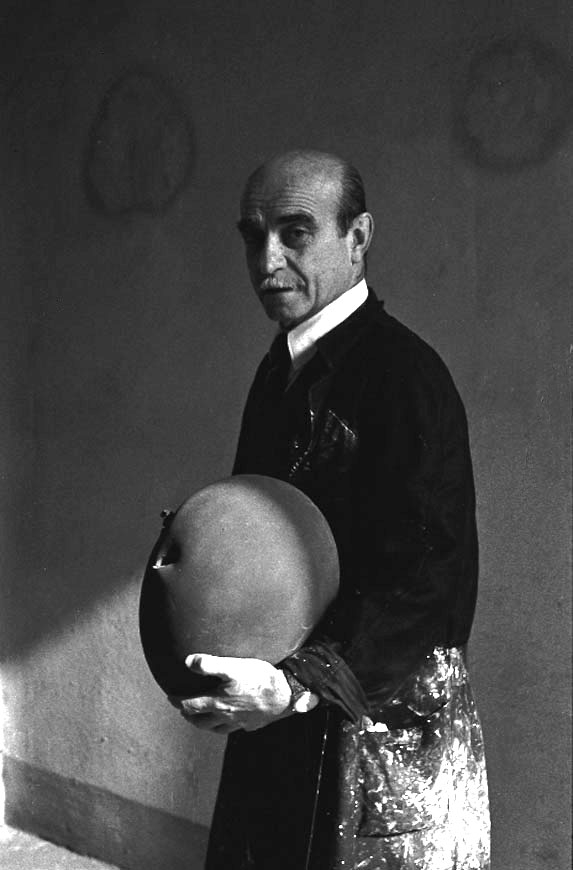
The encounter between Carlo Orsi and Lucio Fontana was not merely an opportunity to visually document a great artist, but became the testimony of a profound dialogue between two extraordinary interpreters of their time. Photography and art merged into a narrative that went beyond mere aesthetic representation, revealing the visionary power of both men. Through his lens, Orsi captured Fontana’s revolutionary energy and his relentless desire to break with tradition, creating a visual story that remains unique in its kind.
For Carlo Orsi, as he recalled in many interviews, that meeting marked a pivotal moment in his career—a deeply meaningful experience that profoundly shaped his way of seeing and narrating art through photography.
Lucio Fontana (1899-1968) was one of the most influential artists of the 20th century. Born in Rosario, Argentina, to Italian parents, he moved to Italy in the 1920s and studied at the Accademia di Brera in Milan. In 1946, while teaching in Buenos Aires, he wrote the Manifesto blanco, first articulation of ideas that would later be developed in the various Spatialist Manifestos. His first spatial environments date back to the 1940s—an attempt, as the artist himself described, to break free from traditional sculptural form. In the 1950s, he began producing his iconic monochrome canvases punctured with holes or slashed with precise cuts, expressing a radical exploration of space and matter and creating a dimension “beyond the canvas,” cosmic and infinite. Fontana’s work had a profound impact on contemporary art, and his pieces—held in major museums worldwide—continue to be the subject of major exhibitions and critical studies.
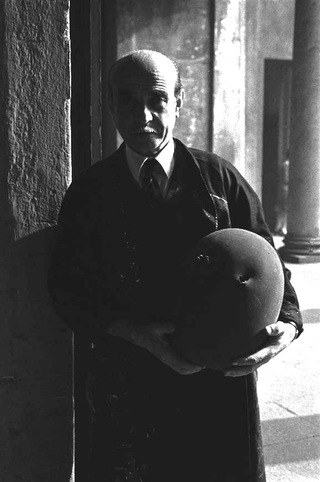
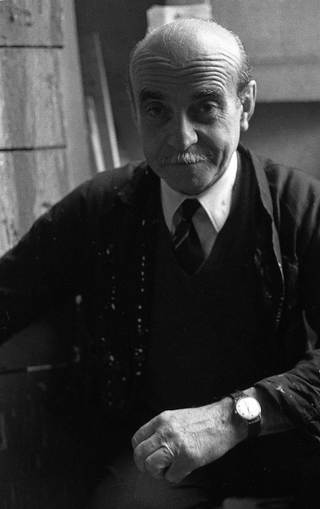
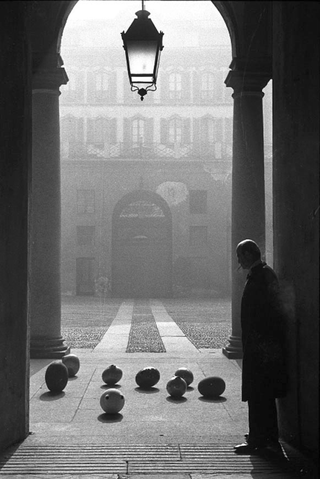
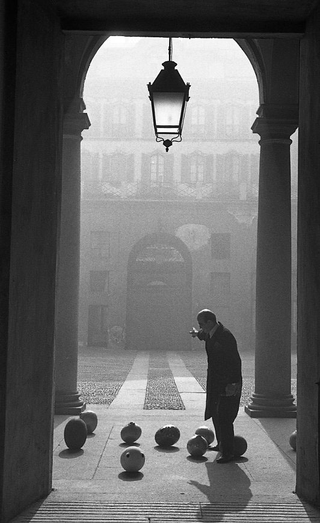
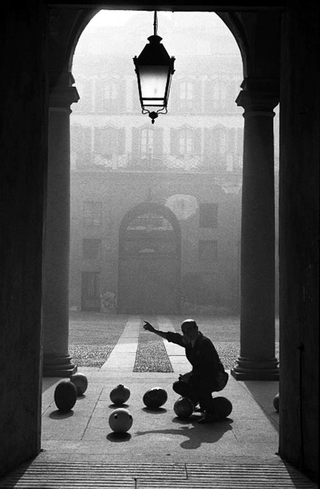


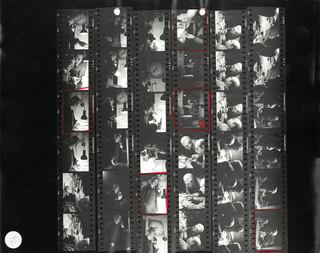
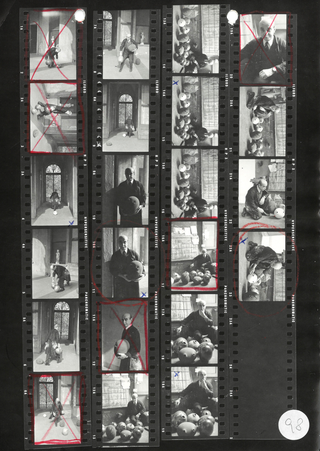
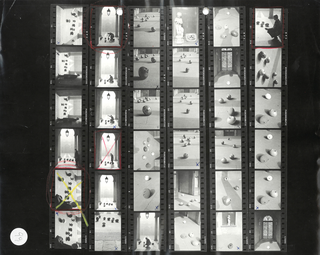
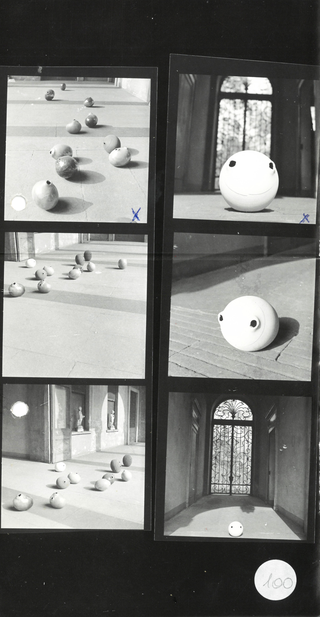
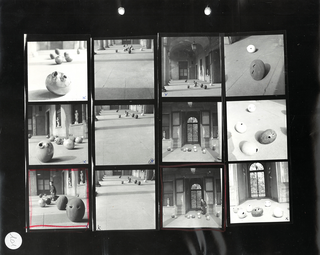
Social
Contatti
archivio@carloorsi.com